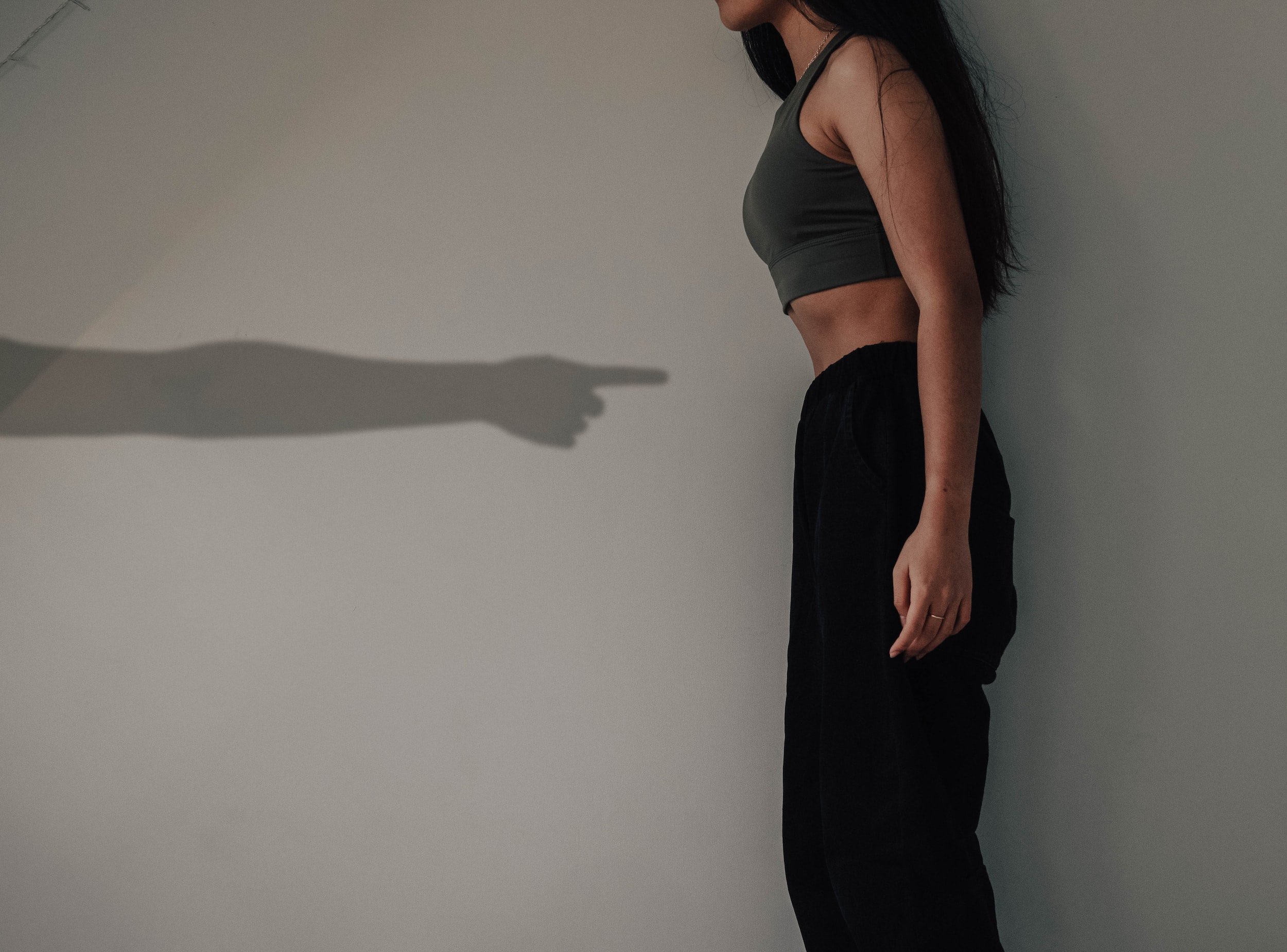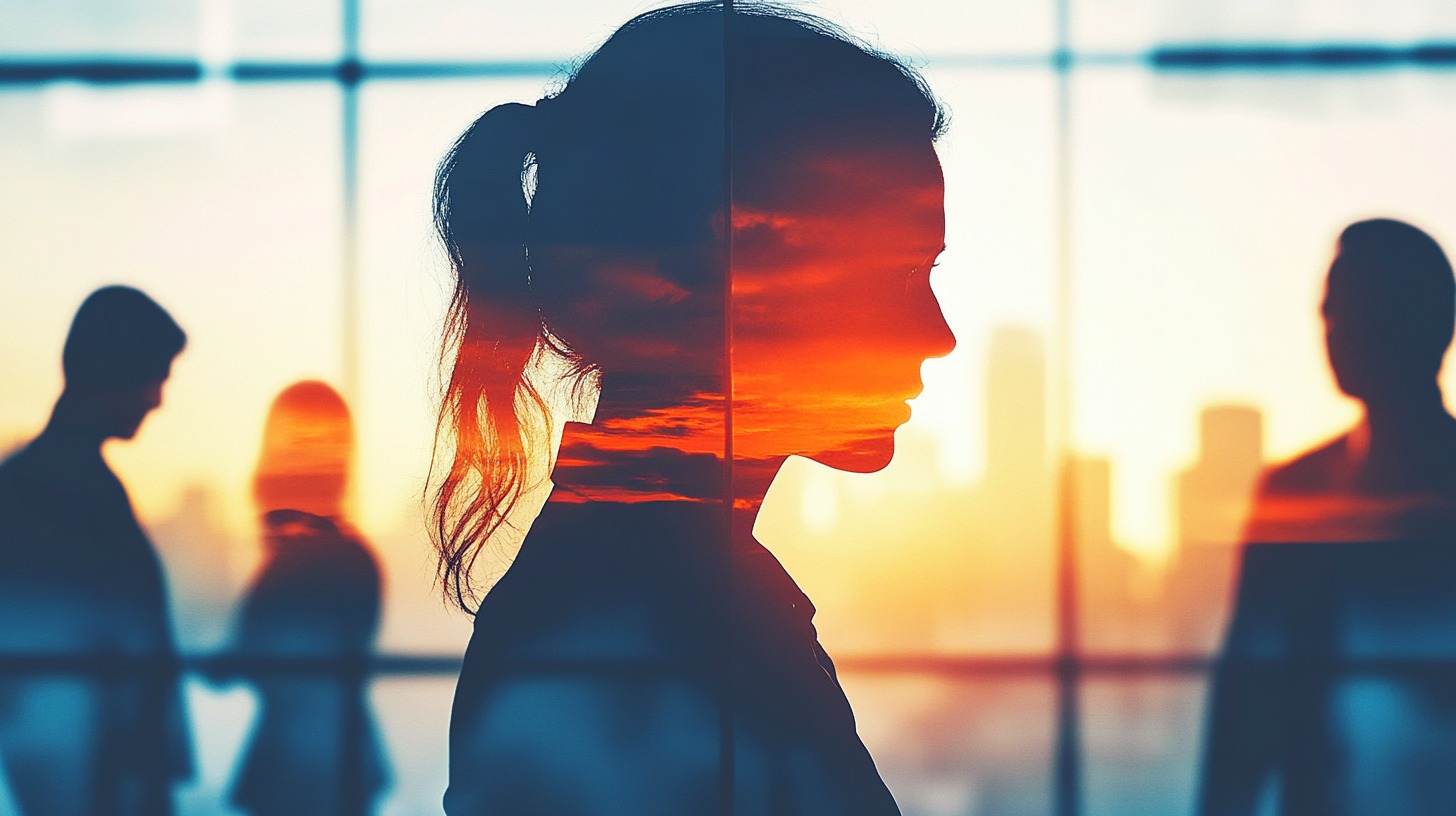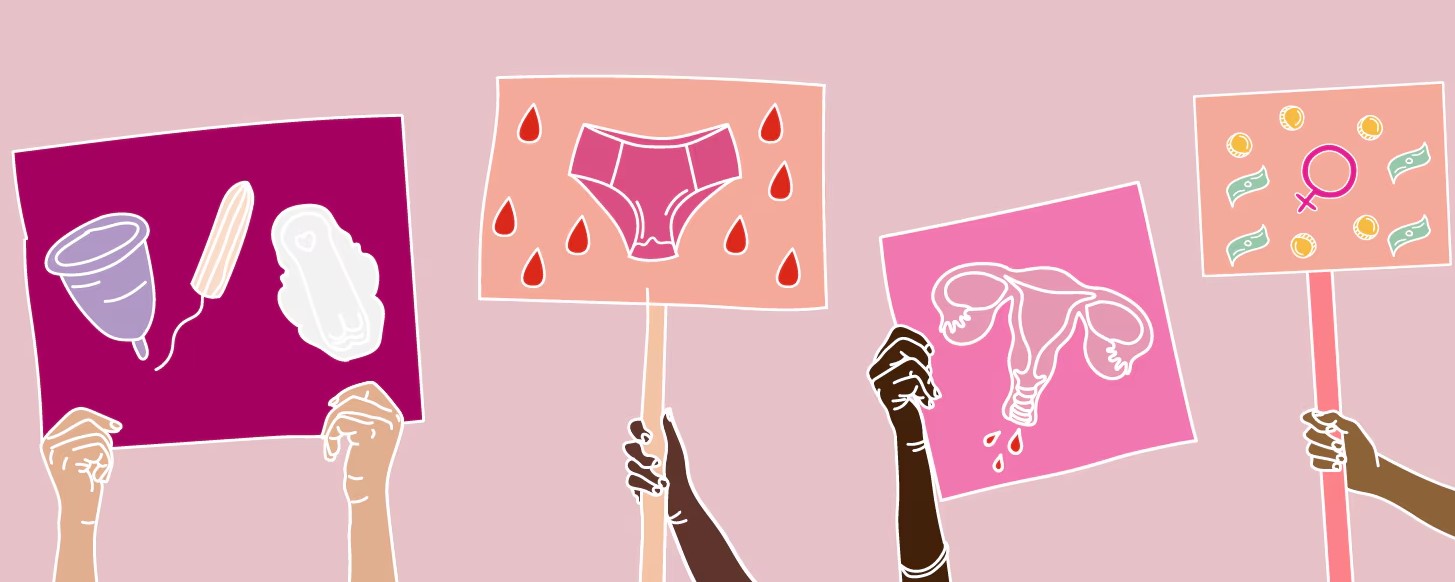The quest for beauty has always been a part of human culture, shaping how people view themselves and others. However, in today’s world, beauty standards are no longer just ideals—they have become powerful tools of influence, dictating self-worth and fueling an industry that thrives on insecurity.
From social media filters to the promises of cosmetic procedures, individuals are constantly reminded of what they should look like, often at the expense of their mental health, financial stability, and even physical well-being.
Industries built around beauty have found ways to exploit vulnerabilities, convincing people that perfection is attainable if they buy the right products, undergo the right treatments, or change themselves to fit narrow ideals. This exploitation is not limited to one demographic.
It crosses borders, cultures, and age groups, creating a universal pressure to conform. The message is clear: flaws must be fixed, uniqueness must be polished, and natural beauty is never enough.
At the heart of this system lies a troubling cycle. The more individuals chase perfection, the more they invest in industries promising solutions, creating a loop that benefits corporations while leaving individuals feeling inadequate.
Such a cycle is not just about marketing—it is about capitalizing on human emotions, making people believe their value depends on their appearance. The result is a world where beauty is no longer about expression or individuality but about meeting impossible standards for profit.
By exploring these realities, we can better understand the true cost of perfection and question why it holds such power over our lives.
The Cost of Pursuing Perfection
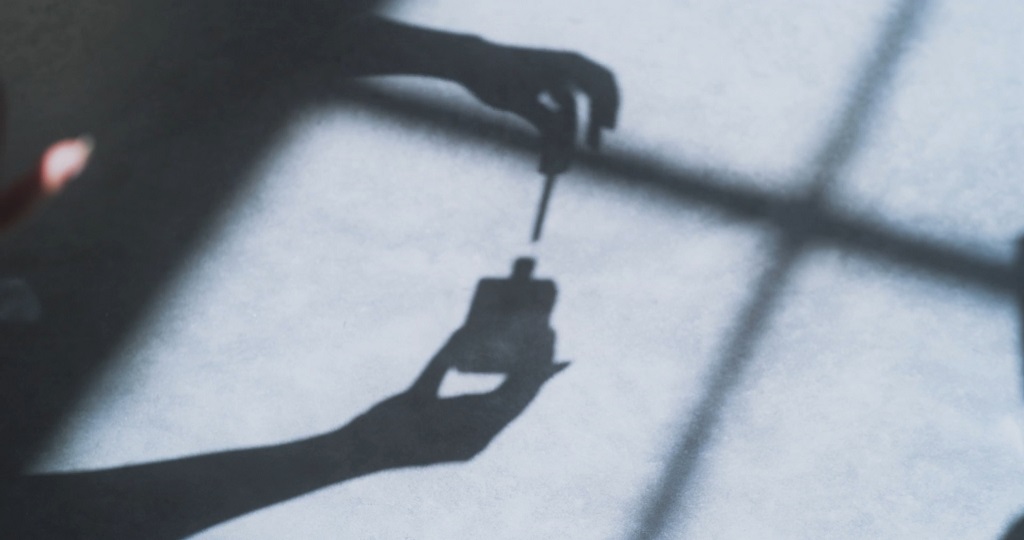
The financial cost of striving for an idealized version of beauty is staggering, with billions spent annually on beauty products, cosmetic procedures, and wellness treatments. This obsession with achieving perfection is not only damaging psychologically but also a drain on personal finances.
The beauty and wellness industries know this well, capitalizing on insecurities by promoting products and services that promise to fix perceived flaws. These industries often use deceptive marketing to portray their products as essential for beauty, convincing consumers that they need to meet these unrealistic standards to fit in or be seen as attractive.
The Economic Burden of Beauty
In 2024, the global beauty and personal care market was valued at over $620 billion. This number continues to grow each year, as consumers invest in everything from skincare to makeup and surgical procedures. The cosmetic surgery industry alone is worth around $50 billion globally, with the U.S. accounting for a large portion of this.
Example of Cosmetic Procedure Costs
| Procedure | Average Cost (USD) | Common Brands & Clinics |
|---|---|---|
| Lip Filler | $500 – $1,100 | Juvederm, Restylane, Galderma |
| Botox (per area) | $200 – $1,200 | Botox, Dysport, Xeomin |
| Rhinoplasty (Nose Job) | $5,000 – $15,000 | American Society of Plastic Surgeons |
| Breast Augmentation | $5,000 – $20,000 | Allergan, Mentor |
The Cost of Beauty Products
| Product Type | Average Monthly Spend (USD) | Popular Brands |
|---|---|---|
| Skincare | $50 – $200 | CeraVe, Neutrogena, Olay |
| Makeup | $30 – $100 | Fenty Beauty, L’Oréal, Maybelline |
| Haircare | $30 – $80 | Pantene, Olaplex, Redken |
Aside from the direct expenses related to beauty products and procedures, there are other hidden costs, such as the long-term effects on physical health.
For example, excessive use of certain skincare ingredients, like retinoids, can lead to skin irritation or damage, requiring even more products to counteract these effects. [1]
Moreover, societal pressure to conform to beauty ideals affects mental health. Studies indicate that body dissatisfaction is a leading cause of depression, anxiety, and eating disorders, which can lead to further financial burdens related to therapy and treatment. The financial and psychological costs are often interlinked, creating a vicious cycle that feeds the beauty industry’s profitability. [2]
According to Dove’s “Real Cost of Beauty Ideals” report, body dissatisfaction costs the economy $305 billion each year, with women and girls bearing the brunt of $177 billion of this total. Appearance-based discrimination, which affects 66 million people annually, adds another $501 billion to the burden.
How Unrealistic Beauty Ideals Affect Mental Health?

The relentless pursuit of unattainable beauty standards takes a significant toll on mental health, leading to a rise in conditions such as anxiety, depression, and body dysmorphia. These standards, heavily influenced by media, social networks, and advertising, create an environment where individuals are constantly measuring their worth based on their appearance.
As these ideals become more ingrained in society, the psychological damage intensifies, affecting people of all ages, genders, and backgrounds.
Furthermore, over 40% of young people report feeling worse about their appearance after spending time on social media platforms where altered images are the norm. This constant comparison can result in a cycle of self-criticism, leading individuals to take extreme measures to meet these standards. Social media, with its heavy use of filters and unrealistic portrayals, only exacerbates this issue, creating a false reality where perfection is presented as not only achievable but essential for self-worth.
Mental Health Costs of Beauty Standards
According to research, body dissatisfaction is one of the leading causes of depression and anxiety. The pressure to fit into an idealized mold affects more than just how people look—it impacts how they feel about themselves and their place in society. [3]
The consequences of these unrealistic ideals are seen in the significant rise of eating disorders, such as anorexia and bulimia, as well as an increase in cosmetic surgery consultations.
| Mental Health Issue | Annual Cost to U.S. Economy (USD) | Impact |
|---|---|---|
| Eating Disorders | $64 billion | Hospitalization, therapy, lost productivity |
| Anxiety & Depression | $210 billion | Therapy, medication, work absenteeism |
| Body Dysmorphia | $16 billion | Psychiatric treatment, therapy |
The Role of Social Media in Reinforcing Beauty Norms
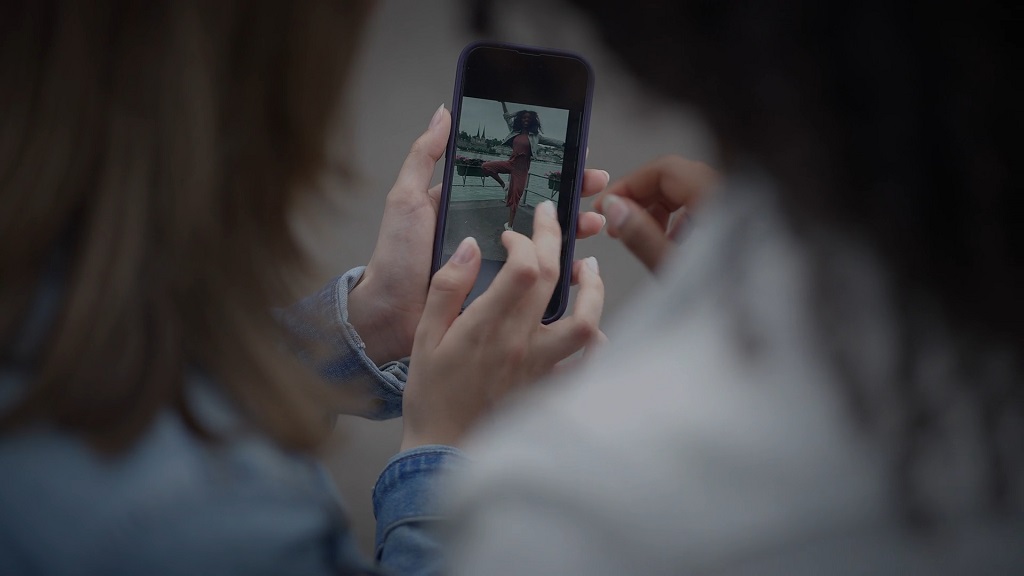
Social media has become one of the most influential platforms for shaping beauty standards in the modern world. Platforms like Instagram, TikTok, and Snapchat are teeming with perfectly curated images and videos that often depict unrealistic beauty ideals.
These digital spaces are filled with filters, editing apps, and manipulated images that set an impossible standard for physical appearance, leading many users to feel inadequate when comparing themselves to these idealized versions of beauty.
A significant portion of the beauty industry’s marketing relies heavily on social media influencers, celebrities, and advertisements that use these platforms to promote beauty products, cosmetic treatments, and lifestyle brands.
The Impact on Young People
Social media’s impact is particularly profound on young people, who are in the process of forming their self-identity and understanding their place in the world.
The pressure often leads to mental health challenges, such as low self-esteem, anxiety, and depression, as they try to live up to an unattainable image.
| Social Media Platform | Effect on Beauty Standards | Percentage of Users Impacted |
|---|---|---|
| Promotes edited photos of “perfect” bodies and skin | 63% of users feel inadequate after browsing | |
| TikTok | Focus on trends, filters, and viral beauty challenges | Majority of young people report feeling pressure to conform |
| Snapchat | Extensive use of beauty filters that alter facial features | 65% of users feel dissatisfied with their real-life appearance |
The Profitability of Social Media Beauty Campaigns
The economic impact of social media on the beauty industry is profound. Social media influencers—who often have millions of followers—are paid to promote beauty products, cosmetic surgeries, and treatments, creating a cycle where beauty ideals are perpetuated to a vast audience.
In 2023, brands paid over $20 billion in influencer marketing, much of which was directed at beauty and wellness products. The rise of “Instagrammable” beauty and skin care products is directly linked to the growing reliance on social media to dictate trends.
View this post on Instagram
The Influence of Global Beauty Brands
The rise of global beauty brands has played a significant role in promoting and reinforcing narrow beauty ideals.
Companies like L’Oréal, Estee Lauder, and Procter & Gamble spend billions each year marketing products that promise to help consumers achieve the “ideal” look.
View this post on Instagram
These companies often use celebrity endorsements and influencers to promote their products, further ingraining the idea that beauty is something to be bought and perfected. While these brands operate worldwide, their marketing often reflects a specific Western ideal of beauty, which can be damaging in cultures that have their own standards of beauty.
| Global Beauty Brand | Target Market | Marketing Strategy |
|---|---|---|
| L’Oréal | Global, with focus on Western markets | Celebrity endorsements, premium skincare |
| Estée Lauder | Global, with focus on luxury | Exclusive product lines, social media campaigns |
| Procter & Gamble | Worldwide, focusing on affordability | Mass advertising, celebrity influencers |
Beauty Standards in Non-Western Cultures
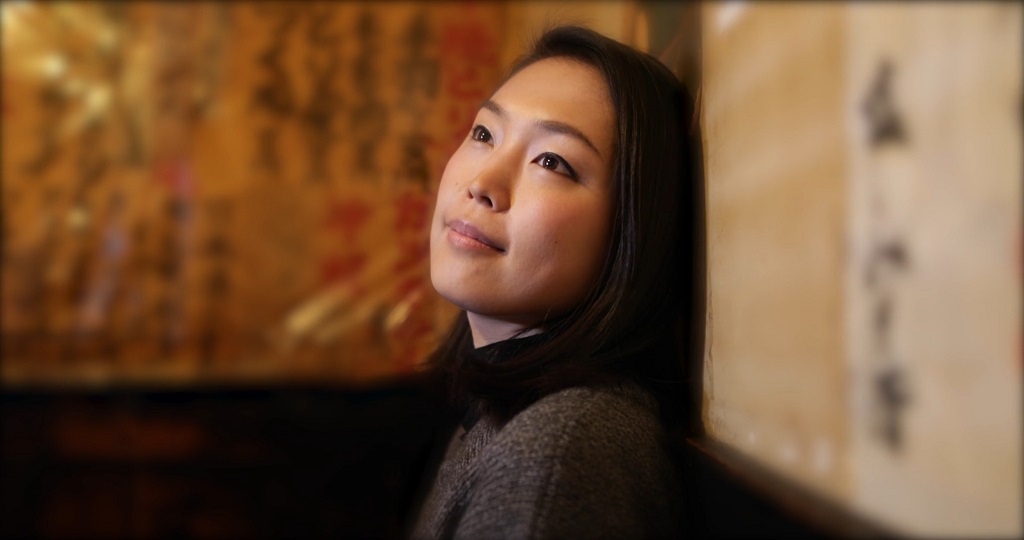
While Western beauty standards may dominate global advertising, they are not the only beauty ideals. In many cultures, unique standards of beauty have existed for centuries, shaped by local traditions, historical events, and regional practices.
For instance, in Venezuela, beauty pageants are a major cultural fixture, and cosmetic surgery is considered a normal step in personal enhancement.
In South Korea, plastic surgery has become an essential part of youth culture, with procedures like double eyelid surgery and jawline reshaping being routine for young people.
The influence of Western beauty ideals is also evident in countries like Japan, where skin whitening products are widely used despite a strong tradition of respecting natural features.
The False Promise of Beauty Products and Treatments
The beauty industry is built on the promise that perfection is attainable, and the products and treatments available offer a quick fix to achieve it. From anti-aging creams that claim to reverse time to weight-loss pills that guarantee a slimmer body, consumers are constantly sold the idea that their flaws can be erased.
However, the truth is that many of these products and treatments not only fail to deliver the promised results but also come with hidden risks and long-term costs.
The Deceptive Marketing Behind Beauty Products
Beauty brands have perfected the art of marketing products that promise to fix what’s “wrong” with consumers. With the help of celebrity endorsements, influencer promotions, and glamorous advertisements, these companies create an illusion of perfection that is both unachievable and unrealistic.
For instance, anti-aging creams that claim to “reduce wrinkles in 30 days” often use exaggerated before-and-after photos, implying that dramatic results are achievable with minimal effort. In reality, these products may only provide temporary effects or none at all, but their high price tags suggest otherwise. [5]
The FDA (Food and Drug Administration) does not approve cosmetic products or ingredients before they go to market, allowing companies to sell products with claims that often lack scientific evidence.
The Hidden Risks of Cosmetic Treatments
While beauty products may promise to transform appearance, many cosmetic treatments come with hidden risks. Cosmetic surgery, which is often marketed as a solution to achieve a perfect look, can have serious side effects.
Procedures like liposuction, facelifts, and breast implants are not without their complications.
For example, liposuction carries risks such as infection, scarring, and blood clots, while breast implants have been linked to BIA-ALCL (Breast Implant-Associated Anaplastic Large Cell Lymphoma), a rare cancer.
Moreover, treatments like Botox and dermal fillers, which are popular for their ability to reduce wrinkles and plump the skin, can lead to side effects such as bruising, allergic reactions, and in rare cases, paralysis of facial muscles. Despite these potential risks, the industry continues to promote these procedures as “quick fixes” for aging or imperfections. [6]
FAQs
1. How do beauty standards vary across different cultures?
Beauty standards vary significantly across cultures. For example, while fair skin is highly valued in some Asian countries, fuller body types are often considered more attractive in certain African cultures. These standards are influenced by historical, social, and media-driven factors within each society.
2. What role do influencers play in shaping beauty trends?
Influencers play a huge role in shaping beauty trends by promoting products and beauty ideals to their large social media followings. Their endorsement often leads to the mass adoption of certain beauty standards, especially when they promote filters, makeup, or cosmetic procedures.
3. Can beauty standards be challenged in society?
Yes, beauty standards can be challenged through social movements like body positivity and inclusivity. These movements encourage people to embrace diverse body types, skin tones, and natural features, pushing for more realistic and inclusive representations in media and advertising.
4. Why do some people become addicted to cosmetic procedures?
Some individuals become addicted to cosmetic procedures due to body dysmorphia or the constant pressure to meet societal standards. This often leads to repeated treatments in search of an idealized image that may never be achieved.
5. Are there any natural alternatives to cosmetic products?
Yes, there are many natural alternatives to cosmetic products, such as plant-based oils, homemade face masks, and organic skincare options. These alternatives can offer skin benefits without the use of synthetic chemicals found in many beauty products.
6. How does the beauty industry affect men?
While beauty standards have traditionally focused on women, they are increasingly influencing men as well. The pressure to have a muscular body, clear skin, and a youthful appearance is growing, leading to a rise in male-focused beauty products and cosmetic treatments.
Conclusion
The pursuit of beauty and the pressure to conform to unrealistic standards have become deeply ingrained in our society, impacting individuals’ mental health, financial stability, and self-worth. The beauty industry thrives on these insecurities, offering products and procedures that promise to fix perceived flaws while often falling short of delivering lasting results. From the deceptive marketing tactics used by beauty brands to the societal impact of social media and beauty influencers, the pressure to meet these ideals is overwhelming.
However, as awareness grows about the harmful effects of these standards, there is a shift toward embracing diversity and promoting body positivity. Challenging these beauty norms and encouraging a more inclusive definition of beauty can help alleviate the negative toll they take on mental health. It’s time to move away from the idea that perfection is something to be bought or altered and focus instead on self-acceptance, authenticity, and celebrating individuality. The real cost of perfection is far higher than the beauty industry would have us believe, but by embracing a more diverse and realistic vision of beauty, we can foster a healthier, more inclusive society.
Read Next – How Skin Tone Affects Career Opportunities?
References
- Milosheska D, Roškar R. Use of Retinoids in Topical Antiaging Treatments: A Focused Review of Clinical Evidence for Conventional and Nanoformulations. Adv Ther. 2022 Dec;39(12):5351-5375. doi: 10.1007/s12325-022-02319-7. Epub 2022 Oct 11. PMID: 36220974; PMCID: PMC9618501.
- Inge Brechan, Ingela Lundin Kvalem, Relationship between body dissatisfaction and disordered eating: Mediating role of self-esteem and depression, Eating Behaviors, Volume 17, 2015, Pages 49-58, ISSN 1471-0153
- Hong W, Ahmad N. Body Image Dissatisfaction, Depression and Anxiety in a Sample of College Students. Open Psychol J, 2024; 17: e18743501303541.
- Slobodian, Rayna. (2014). Young is Good, Old is Bad: The Controversies and Culture of Anti-Aging Skin Care Products.
- Witmanowski H, Błochowiak K. The whole truth about botulinum toxin – a review. Postepy Dermatol Alergol. 2020 Dec;37(6):853-861. doi: 10.5114/ada.2019.82795. Epub 2019 Feb 5. PMID: 33603602; PMCID: PMC7874868.

